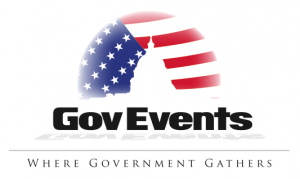 As spring comes into full bloom and the first days of summer are peeking around the corner, many of us are reminded to stop and smell the roses. What if we applied this slow concept to the way we conduct our meetings and events?
As spring comes into full bloom and the first days of summer are peeking around the corner, many of us are reminded to stop and smell the roses. What if we applied this slow concept to the way we conduct our meetings and events?
At most events you hear people describe how busy they were, making it to all of the sessions, meeting with colleagues, walking the show floor. You hear laments about aching feet and backs from all the rushing around. But what if this "pack it all in while we're here" mentality is not the best way to get the most value out of events? There is a movement in the industry called "slow meetings" that is looking to change the way we approach our days at in-person events.[Tweet "There is a movement in the industry called 'slow meetings'. #GovEventsBlog"]
The term "slow meetings" may conjure up visions of spa-like retreats where attendees relax as they learn, but in practice it is quite the opposite. The idea is not to just throw data at attendees - they get enough of that in their daily life - but to give them time to deeply explore a topic.[Tweet "The idea is not to just throw data at attendees. #GovEventsBlog"]
This concept is rooted in how people learn and is being used at a number of high profile events. Take for example the TED conferences. There are typically only three sessions per day, each lasting about 90 minutes. While the actual presentation lasts no more than 18 minutes, the session builds in breaks that allow attendees to process what they've heard and discuss it with others.
The environment is important to the slow meetings concept. These events need space that inspires a slowness and thoughtfulness. The venues should be a break from the usual florescent lit office environment. This includes use of natural light and nature itself. Going back to the example of the TED conferences, they carefully choose furniture and room layout to encourage people to get comfortable and have conversations. They also build areas to allow for more private reflection.
Slow meetings also look to remove the distraction of technology.[Tweet "Slow meetings also look to remove the distraction of technology. #GovEventsBlog"] While hashtags are great for promoting the event, giving them out at the beginning of a talk motivates people to get on their device and share rather than simply listen. This is not to say everyone should drop their smartphone in a bucket at the door, but rather set up sessions to encourage mindful participation, or at least mindful avoidance of technology.
We'd love to hear what slow meeting concepts you're seeing and incorporating in your events - let us know in the comments. And if you're looking for a simpler, calmer way to research events, check out the GovEvents search function.



